COLOGNE, Germany: New treatment modalities, new forms of teamwork, new business models—when it comes to 3-D printing, dentistry is one of the pioneers. According to a recent analysis, the global market for 3-D printing products will grow by an annual average of between 13 and 23 per cent to reach a total volume of €22.6 billion by 2030. Regarding medical technology in particular, the volume will grow to €5.59 billion by 2030.
According to experts, this development will occur in two phases: until 2020, there will be a prevailing focus on the reinvention of already existing products; after that, the focus will turn to the development of innovative materials and optimised printing processes. The printing of frames through laser-assisted processes is already established, whereas new dental frames made of plastic materials are being developed. According to market analysts, however, the possibilities regarding orthodontic appliances, prostheses, crowns, bridges, aligners and models are most promising. In terms of prophylaxis, an individualised 3-D printed dental floss holder is considered to be among the most advanced developments.
When it comes to communication, real-time images have already proven themselves. In this context, a digitally modelled smile of a patient serves as the basis for a 3-D printed silicone model. Furthermore, a robot has already successfully implanted two 3-D printed teeth into a patient. Apart from that, in order to reconstruct the original form of a patient’s jaw after oral tumour removal, it is already possible to scan the defect and manufacture a template by means of 3-D printing. This template then guides the extraction of a bone block from a different area of the body (for instance, the fibula), which is subsequently transplanted into the oral cavity.
Today, there are a wide range of different processes. These include stereolithography, which is ideal for manufacturing surgical guides owing to its precision down to the lower double-digit micrometre range. There is also the digital light processing technique, which is characterised by its high speed: owing to a one-time exposure instead of a moving laser beam, each layer of the object polymerises almost instantly. Apart from that, the Polyjet process, which closely resembles the functionalities of an office printer, can achieve extremely high precision. Within the context of both plastic and metal printing, there is the selective laser melting technique, the selective laser sintering technique and LaserCUSING.
"...many great things have already been achieved..."
At IDS 2019, the entire spectrum of these processes will be on display with a view to their already existing clinical applications. In this regard, the exhibitors will be happy to elaborate on the properties of printable materials, software solutions and services, which are tailored to the needs of dental practices and laboratories.
“Within the field of 3-D printing technologies, many great things have already been achieved that were not yet foreseeable to their full extent some years ago. It is now clear that 3-D printing is going to significantly change digital workfl ows in the long run,” said Mark Stephen Pace, Chairman of the Board of the Association of the German Dental Industry, ahead of IDS 2019. “Constant developments in the field result in new clinical, technological and economic possibilities, which in turn lead to innovative business models. There is no better place than IDS 2019 to comprehensively experience the resultant possibilities for one’s own dental practice or laboratory.”
TEMPE, Ariz., US: Next-generation intra-oral imaging technology, supported by a suite of digital tools, enables efficient restorative and multidisciplinary ...
is to save the tooth for use in the future. In this age of adhesive dentistry, respecting and preserving the remaining healthy tooth structure as well as ...
VICTORIA, British Columbia, Canada: In a recent development that might change the adhesive market within dentistry and other industries, researchers from ...
LJUBLJANA, Slovenia: At this year’s International Dental Show (IDS), held from 25 to 29 March in Cologne in Germany, more than 135,000 visitors from 156 ...
Over the past few years, 3-D printing technology has advanced at an incredible rate, with its application in the healthcare industry correspondingly ...
Dr Robbie Hughes is a leading figure in digital dentistry, and his clinical expertise is supported by extensive postgraduate training in implantology, ...
COLOGNE, Germany: Over the past decade, there have been tremendous efforts in the dental industry to move towards digital dentistry. Now, the era of digital...
Combining orthodontic treatment and preventive treatment is a key component of the clinical philosophy of Drs Ines Metke and Claudia Mengel, who have run ...
Ahead of IDS 2019, Dental Tribune International met with Andreas Kopietz, CEO of German dental materials specialist anaxdent. In this interview, Kopietz, ...
GANGNEUNG, South Korea/COLOGNE, Germany: HASSBIO, a leading manufacturer of ceramic dental materials from South Korea, recently launched Amber Mill Direct, ...
Live webinar
Wed. 14 January 2026
12:00 pm EST (New York)
Dr. Théo Laplane, Dr. Robert Gottlander DDS
Live webinar
Fri. 16 January 2026
12:00 pm EST (New York)
Live webinar
Mon. 19 January 2026
1:00 pm EST (New York)
Philipp Kopp, Michael Seeber
Live webinar
Thu. 22 January 2026
9:00 am EST (New York)
Prof. Judith Jones D.D.S; M.P.H., Prof. Kakuhiro Fukai D.D.S., Ph.D, Dr. Bathsheba (Bethy) Turton
Live webinar
Thu. 22 January 2026
2:00 pm EST (New York)
Dr. Nicola M. Grande DDS, PhD
Live webinar
Wed. 28 January 2026
8:00 am EST (New York)
Live webinar
Wed. 28 January 2026
11:00 am EST (New York)
Prof. Dr. Jan-Frederik Güth



 Austria / Österreich
Austria / Österreich
 Bosnia and Herzegovina / Босна и Херцеговина
Bosnia and Herzegovina / Босна и Херцеговина
 Bulgaria / България
Bulgaria / България
 Croatia / Hrvatska
Croatia / Hrvatska
 Czech Republic & Slovakia / Česká republika & Slovensko
Czech Republic & Slovakia / Česká republika & Slovensko
 France / France
France / France
 Germany / Deutschland
Germany / Deutschland
 Greece / ΕΛΛΑΔΑ
Greece / ΕΛΛΑΔΑ
 Hungary / Hungary
Hungary / Hungary
 Italy / Italia
Italy / Italia
 Netherlands / Nederland
Netherlands / Nederland
 Nordic / Nordic
Nordic / Nordic
 Poland / Polska
Poland / Polska
 Portugal / Portugal
Portugal / Portugal
 Romania & Moldova / România & Moldova
Romania & Moldova / România & Moldova
 Slovenia / Slovenija
Slovenia / Slovenija
 Serbia & Montenegro / Србија и Црна Гора
Serbia & Montenegro / Србија и Црна Гора
 Spain / España
Spain / España
 Switzerland / Schweiz
Switzerland / Schweiz
 Turkey / Türkiye
Turkey / Türkiye
 UK & Ireland / UK & Ireland
UK & Ireland / UK & Ireland
 Brazil / Brasil
Brazil / Brasil
 Canada / Canada
Canada / Canada
 Latin America / Latinoamérica
Latin America / Latinoamérica
 USA / USA
USA / USA
 China / 中国
China / 中国
 India / भारत गणराज्य
India / भारत गणराज्य
 Pakistan / Pākistān
Pakistan / Pākistān
 Vietnam / Việt Nam
Vietnam / Việt Nam
 ASEAN / ASEAN
ASEAN / ASEAN
 Israel / מְדִינַת יִשְׂרָאֵל
Israel / מְדִינַת יִשְׂרָאֵל
 Algeria, Morocco & Tunisia / الجزائر والمغرب وتونس
Algeria, Morocco & Tunisia / الجزائر والمغرب وتونس
 Middle East / Middle East
Middle East / Middle East
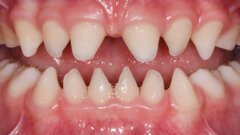
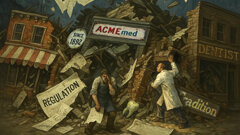






















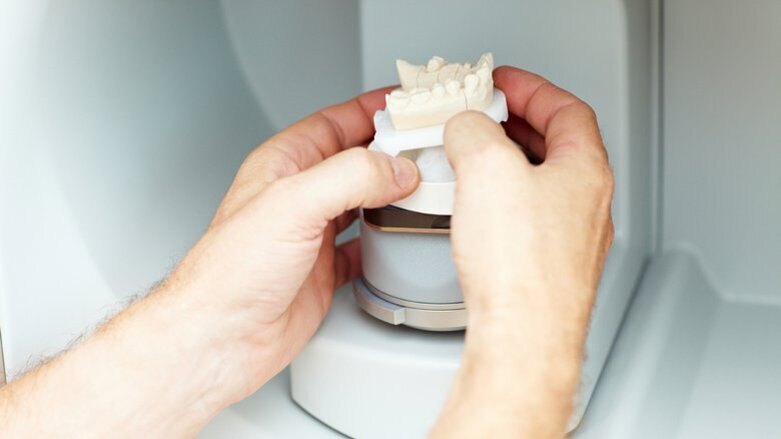



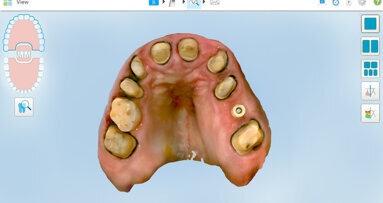

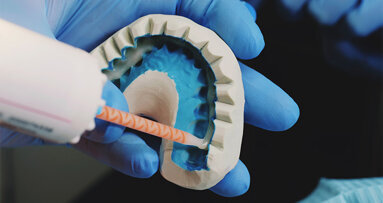
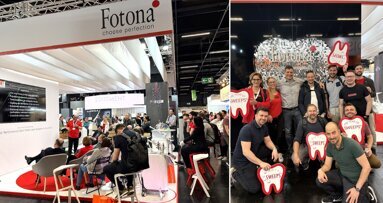

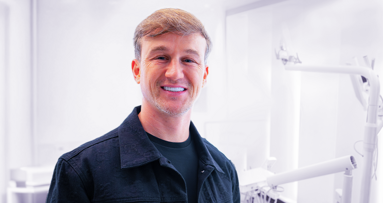
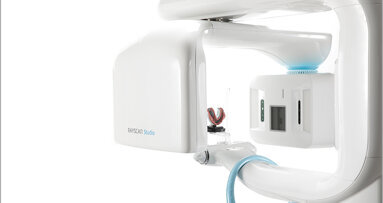
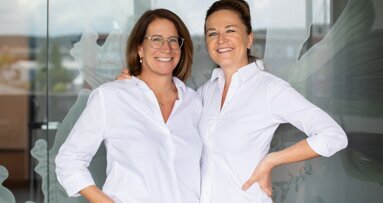
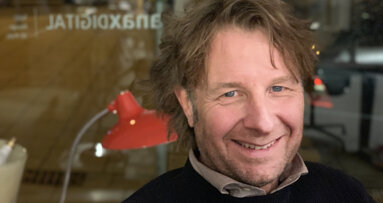











To post a reply please login or register